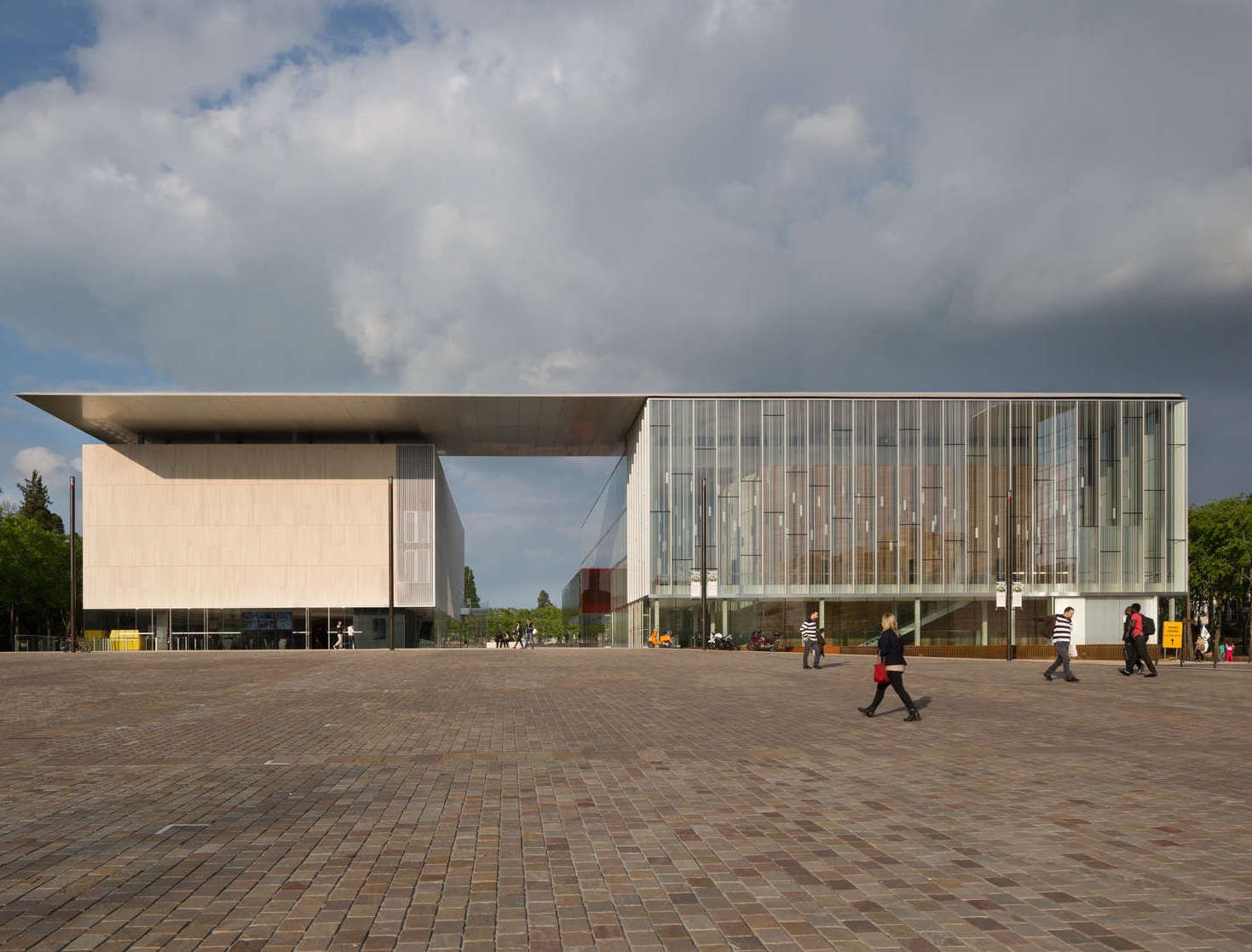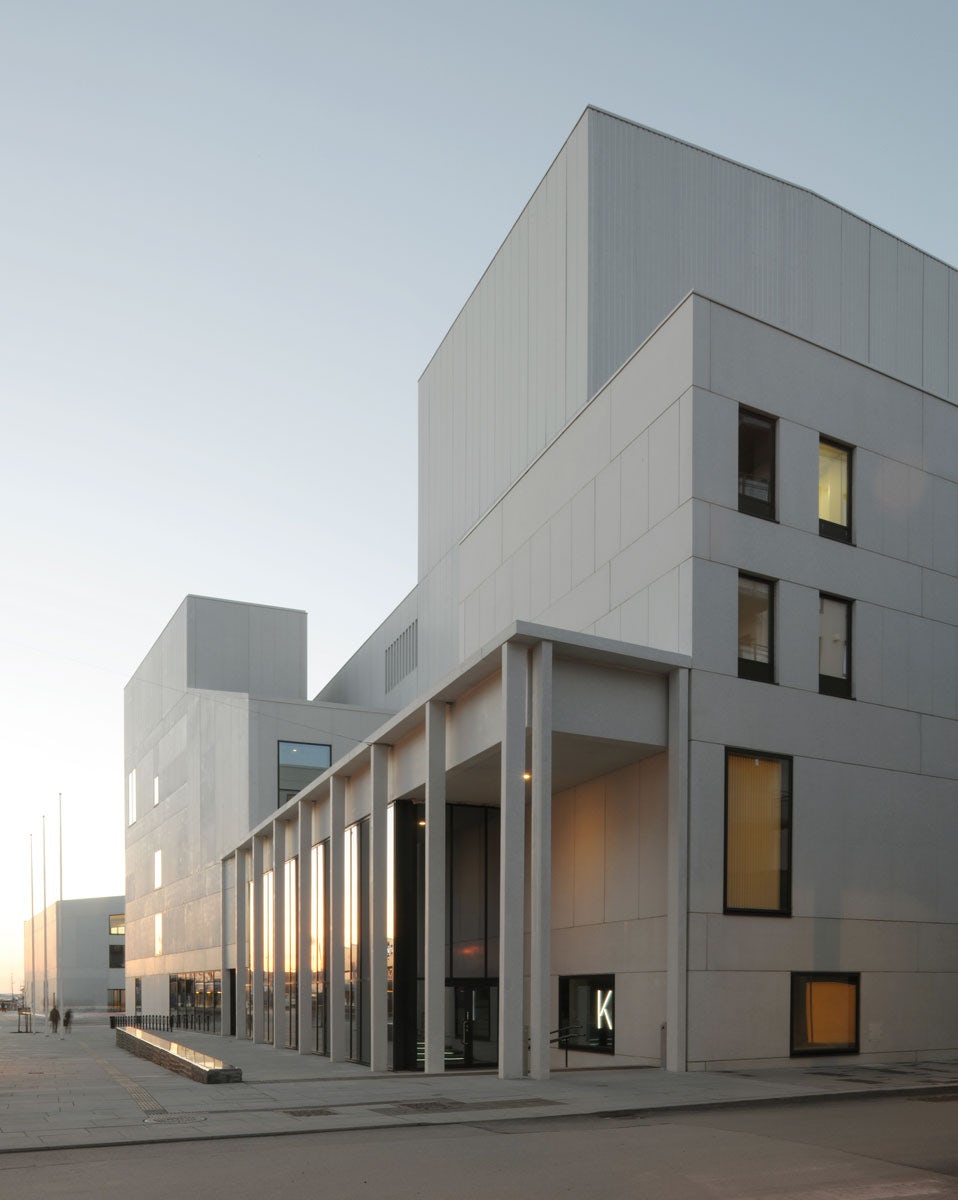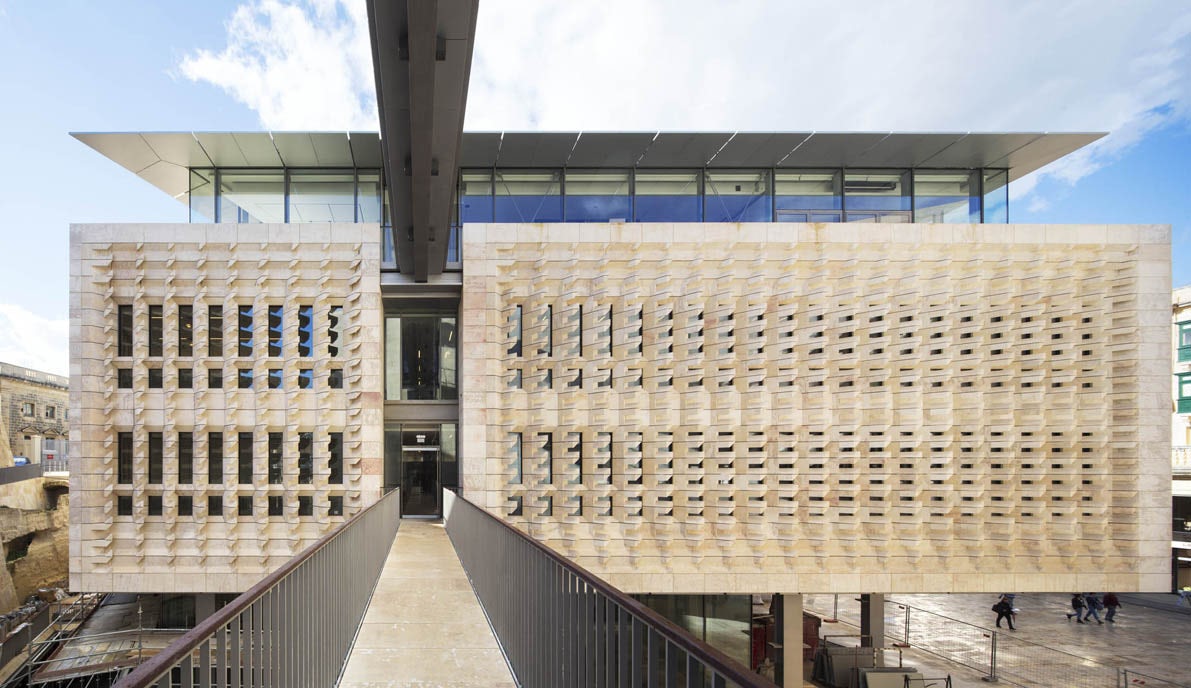Architecture stands as an inherent act of creation. Materials, forms, and spaces are combined to realize the visions of those who design and construct the built environment. There remains a constant tension, especially within cities, between the desire to create anew and the need to respect or repurpose the historic. As Paul Ricoeur once said, “There is a paradox; how to become modern and return to sources; how to revive an old, dormant civilization and take part in universal civilization.” Great architecture simultaneously celebrates modern civilization while critically reinterpreting tradition. With an increasingly urbanized world and radically evolving material and technological culture, architects must balance creation and preservation, as well as value the inherent demands required to mediate their relationship. If designers are to begin honoring history and place, they must first learn from it.
The dangers surrounding new construction are intensely amplified within cultural projects. Public and civic in nature, cultural projects are usually larger in scale, programmatic diversity, and significance. These are the projects which require substantial resources and space within a city, buildings that leave lasting economic and social impacts. Theaters are one cultural typology that demand attention. Housing large concentrations of people within varied levels of privacy, theaters often become iconic landmarks within a city. Exploring qualities of light and movement, theaters are designed to control views through material boundaries.
Examining the relationship between program, materials, and history, we’ve drawn together seven stone theaters from the Architizer database. Rethinking stone’s traditional applications through modern construction techniques, the following projects emerge as dynamic cultural centers within historic contexts. Each project establishes different programs, assemblies, and formal expressions around theatrical space. While they connect to place through individual means, the designs all begin to rethink how stone can be used to honor tradition while celebrating new experiences and modern culture.

© Raphael GAILLARDE

© Raphael GAILLARDE
Les Quinconces by babin + renaud architectes, Le Mans, France
Sited in a location with rich architectural heritage, the Quinconces cultural complex connects the tree-lined Esplanade des Quinconces, Place des Jacobins, and the Saint-Julien Cathedral. Designed as a social and urban condenser, the project is modular and versatile in nature. Two well-defined volumes house the major programs, with the cinema multiplex encased in white stone.

© David Grandorge

© Arup
Stormen Concert Hall by DRDH Architects, Bodø, Norway
The Stormen Concert Hall stands as one of two buildings within the Cultural Quarter of Bodø, Norway. A local white stone aggregate was used to form the rhythmic building façade and establish an “urban ensemble.” Sited between sea and mountains, the concert hall includes space for theater, opera, concerts, and dance.

© Gerard van Beek

© Gerard van Beek
Culture Complex De Nieuwe Kolk by De Zwarte Hond, Assen, The Netherlands
Created as a multifunctional cultural center in Assen, this project is located at the edge of the historic city. Theater space is combined with library, cinema, dining, and residential functions. Traditional Dutch brickwork, glass, and stone are combined to create a monumental façade expression that stands out alongside the surrounding urban fabric.

© Mecanoo

© Mecanoo
La Llotja de Lleida by Mecanoo, Lleida, Spain
Mecanoo’s La Llotja Theatre and Conference Centre was designed as a monolithic volume which rises from the landscape. A solid, natural stone façade cantilevers from the ground floor to protect visitors while embracing the public square underneath.

© Michel Denancé

© Michel Denancé
Valletta City Gate by Renzo Piano Building Workshop, Valletta, Malta
Rethinking the main entrance of the Maltese capital city of Valletta, the ‘City Gate’ project uses four elements to establish a new gateway into the city. Each element, including the gate, an open-air theater, new parliament building, and city walls are critically redefined through material and formal boundaries. Entering on a reconstructed bridge, visitors are welcomed to a reopened gate, an environmentally sensitive parliament building, and a new theater space where the Royal Opera House once stood.


Casa da Musica by OMA, Porto, Portugal
OMA’s design for Casa Da Musica was centered on the idea of redefining the relationship between a theater’s interior and the general public outside. Made with white stone aggregate, the faceted form opens to the surrounding city of Porto and a new public square in the historic Rotunda da Boavista.


© Diller Scofidio + Renfro
Alice Tully Hall by Diller Scofidio + Renfro, Manhattan, N.Y., United States
Alice Tully Hall was created as a renovation and redesign of the existing multi-purpose hall into a dynamic music venue that embraces the streetscape. The former opaque stone building designed by Pietro Belluschi was extended and gracefully opened to the street to provide an intimate lobby and box office. The new building established a high performance inner liner to provide a more balanced acoustic environment throughout the project’s interior.









